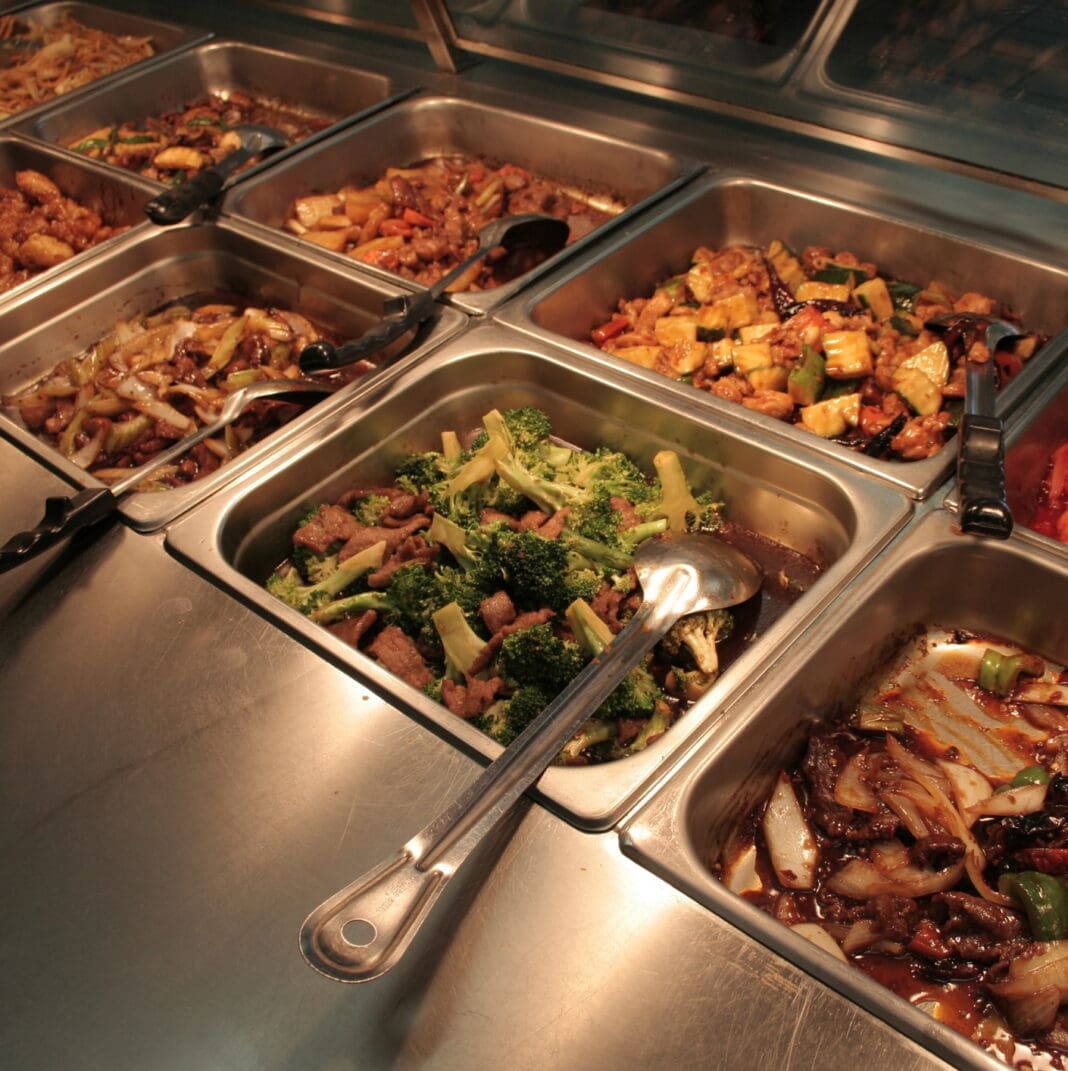Once a staple in the American dining landscape, buffets are witnessing a gradual decline. This shift is not merely a change in dining preference, but a reflection of deeper societal transformations. Let’s delve into the reasons behind this waning trend, exploring a variety of factors that paint a comprehensive picture of the buffet’s fall from grace.
1. Health Concerns and Food Safety
Health concerns have significantly contributed to the buffet’s decline. The link between buffet dining and obesity, along with the risk of foodborne illnesses, has deterred health-conscious patrons. The fear of outbreaks like E.coli and salmonella, often associated with improper food handling at buffets, has heightened public wariness. This aspect is underscored by the numerous reports of major chains filing for bankruptcy partly due to these health concerns.
Additionally, the abundance of food with questionable nutritional value has shifted consumer preference towards healthier dining options. The once appealing “all-you-can-eat” model now seems at odds with modern dietary awareness.
2. The Social Media Influence
The rise of social media, particularly platforms like Instagram, has influenced dining preferences, especially among younger generations. Buffets, traditionally not known for their aesthetic appeal, struggle to compete with visually stunning, photogenic meals offered by other dining establishments. The visual appeal of food has become a significant factor in restaurant choice, as noted in industry analyses.
This shift has led to a preference for fresh, customizable, and aesthetically pleasing meals over the pre-made, bulk offerings typically found at buffets. Buffets, in this respect, have become somewhat passé in the era of food being not just consumed but also ‘shared’ online.
3. Changing Consumer Preferences
Today’s diners, particularly millennials and Gen Z, are seeking experiences that align with their values and lifestyles. These generations are more likely to favor restaurants offering fresh, sustainable, and customizable options. Buffets, with their one-size-fits-all approach, often fail to meet these criteria. This change in preference is evident in the declining foot traffic at buffet restaurants, as highlighted by recent studies.
The growing demand for quality over quantity, along with a desire for more sophisticated dining experiences, has shifted the focus away from traditional buffets. The trend towards specialized, niche dining experiences further exacerbates this decline.
4. Economic Factors
Economic factors have played a significant role in the buffet industry’s downturn. The recession and subsequent economic challenges forced many buffet chains to close due to debt and decreased consumer spending. As economic constraints tightened, the buffet model, which relies on high volume and low margins, became increasingly unsustainable. This is detailed in industry reports showing the closure of many buffet chains.
The shift towards more cost-effective dining options, combined with rising operational costs, has put additional pressure on buffets. Many have been unable to adapt to these economic shifts, leading to a steady decline in their prevalence.
5. The Impact of COVID-19
The COVID-19 pandemic delivered a devastating blow to the already struggling buffet industry. With strict health and safety protocols, buffets, known for their self-serve format, faced unique challenges. Social distancing and hygiene concerns made the traditional buffet model nearly impossible to sustain. This is evidenced by the closure of numerous buffet chains during the pandemic.
As a result, many buffet restaurants had to either permanently close or radically alter their business models to comply with new health guidelines, further distancing themselves from the traditional buffet concept.
6. The Rise of Alternative Dining Options
With the emergence of various dining formats, including fast-casual restaurants, food trucks, and meal delivery services, buffets face stiff competition. These alternatives offer convenience, customization, and often healthier choices, attributes that appeal to modern consumers. This shift is further highlighted by the growth in popularity of these dining models over traditional buffets.
The ease of ordering and the ability to tailor meals to individual preferences make these alternatives more attractive than the static offerings of a typical buffet.
7. Market Oversaturation
In the late 20th century, the buffet market experienced significant expansion, leading to oversaturation. This intense competition resulted in a cannibalization of the market, with buffets vying for the same customer base. As noted in industry analyses, this oversaturation contributed to the decline in buffet popularity.
As more buffets crowded the market, the unique appeal of the buffet dining experience diminished, leading to a decrease in customer interest and profitability.
8. Demographic Shifts
The aging of the buffet’s core demographic and the lack of interest from younger generations have contributed to the decline. Older generations, who were the primary patrons of buffets, are gradually being replaced by younger diners with different dining preferences. This demographic shift, as research shows, has significantly impacted the buffet industry.
Younger diners, inclined towards more trendy, health-conscious, and sustainable eating options, are less attracted to the buffet concept. This generational change in preferences has led to a natural attrition in the customer base of buffets.
9. Negative Online Reviews and Perception
Online reviews and customer feedback have become a significant influence in the modern dining landscape. Negative reviews, particularly those highlighting issues with food quality, sanitation, and overall dining experience, have severely impacted buffets. Platforms like Yelp have amplified these critiques, making them more accessible to a wider audience. The spread of negative reviews has contributed to a deteriorating perception of buffets, discouraging potential customers.
This public scrutiny has not only affected customer perception but has also placed additional pressure on buffet restaurants to maintain higher standards, often at an increased cost, further straining their business model.
In conclusion, the decline of buffets is a multifaceted issue, rooted in changes in health awareness, economic factors, technological advancements, and societal shifts. While some buffets are adapting to these challenges, the traditional buffet as we knew it is undergoing a significant transformation, if not a complete disappearance. As dining habits continue to evolve, the buffet model must reinvent itself to stay relevant in an ever-changing culinary world.

